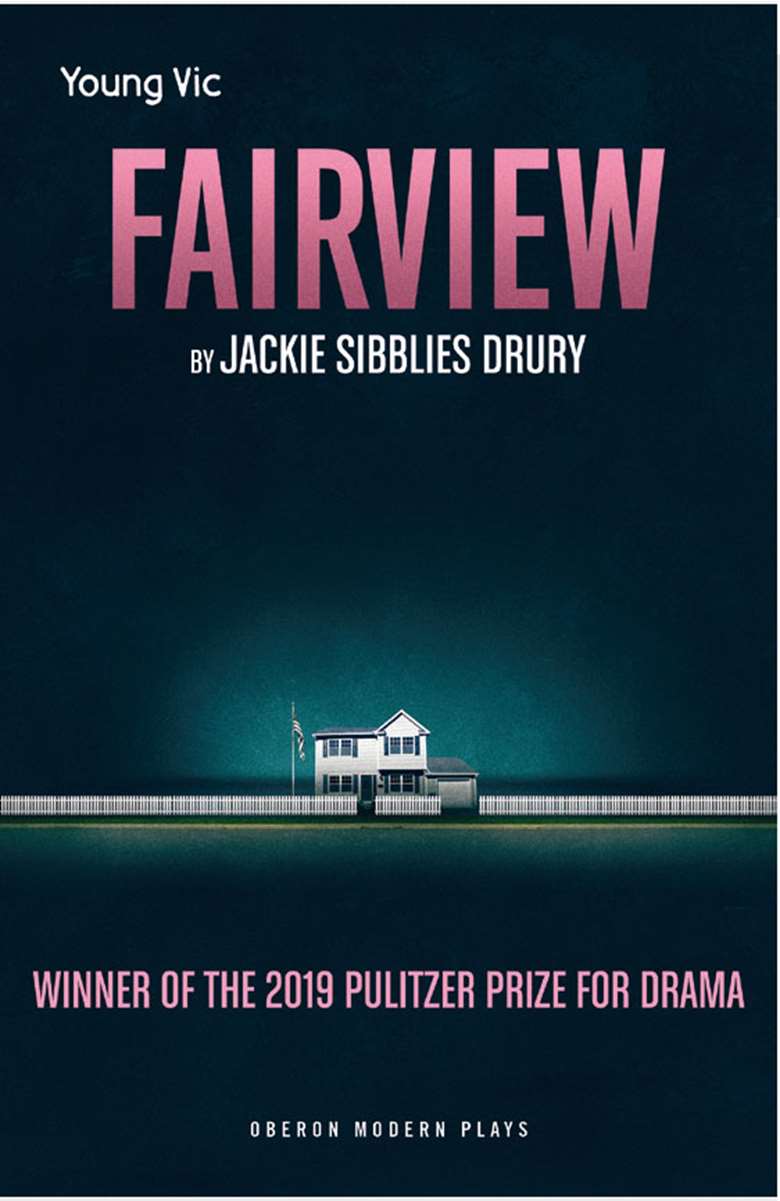Fairview, by Jackie Sibblies Drury
Alicia Pope
Tuesday, September 1, 2020
Fascinating both as a piece of drama and a stimulus for discussion

Fairview revolves around the middle class, black American Frasier family who are getting ready to celebrate Grandma's birthday. Beverly needs everything to be perfect but Dayton has brought the wrong silverware, the carrots aren't ready, the radio is playing up and Tyrone might not make it at all. You'd be forgiven for thinking that the headline of the play is a look behind the fourth wall at the workings of an ordinary middle class, black family but Fairview has so much more to offer.
The play is divided into three acts. Act one plays out the naturalistic family drama set in the family's stylish and immaculate dining room. Beverly, the archetypal mother figure, is rushing around trying to make everything perfect, her husband Dayton is ‘helping’, Beverly's sister Jasmine arrives and we feel the tension between them as they try not to parry, Keisha bounces in wanting Jasmine to help her convince her mum that she should take a gap year before college; kitchen sink drama that we can relate to in so many ways.
In act two the play takes a different track: the action from act one is repeated but the glitch in the radio provides a soundtrack where we hear a variety of white characters discussing what race they would be if they could choose. During their discussions we are party to a range of opinions and race-based stereotypes that highlight how pervasive these attitudes are, and how casually the characters discuss them is very poignant.
In the final act the white characters enter the action as members of the Frasier family, and the play ends with the family breaking the fourth wall and inviting members of the audience onto the stage.
Fairview is fascinating. From a performance perspective it is engaging to see naturalism followed by a true breaking of the fourth wall, and students will really enjoy the use of these techniques. It would be an excellent piece for a live theatre review for exam work. In addition to this, Fairview offers great opportunities for students’ own performance, with some excellent monologues and fast-paced duologues. For discussion, Fairview offers a huge amount to any teachers’ resources, and although it is an American text the issues raised are very relevant in the UK, especially in the light of Black Lives Matters protests. I would highly recommend this text.

